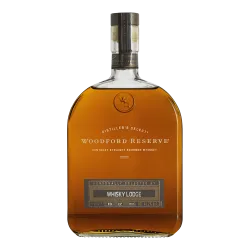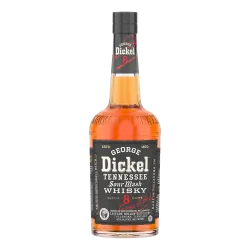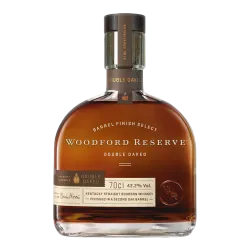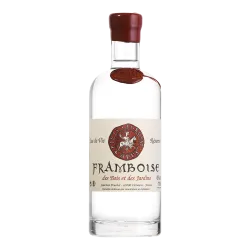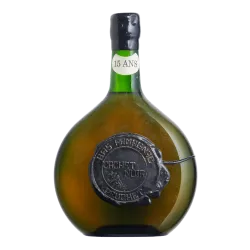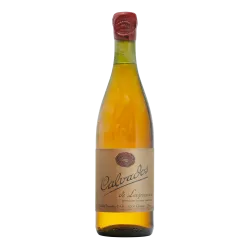Selecting a Scotch whisky from the vast range available can be a true sensory journey. This guide will help you expertly navigate the world of whisky by considering styles, regions, flavor profiles, and comparing them to other major whisky families like Irish whiskey, Japanese whisky, and bourbon. With this overview, you’ll refine your palate and find the Scotch whisky that suits you perfectly.
There are 38 products.
Understanding Scotch Whisky Styles to Choose Better
Single Malt, Blended, Single Grain: What’s the difference?
-
Single Malt Scotch Whisky: Made exclusively from malted barley at a single distillery, it often offers complexity and a pure expression of terroir. Ideal for enthusiasts seeking an authentic whisky experience.
-
Blended Scotch Whisky: A blend of several malt and grain whiskies from different distilleries. More approachable, it’s perfect for discovering Scotch whisky without getting overwhelmed by complexity.
-
Single Grain Scotch Whisky: Produced at a single distillery but made from grains other than malted barley, typically lighter and smoother.
Peated or Unpeated Whisky?
Peat level is a key factor when choosing Scotch whisky. Peated whiskies, like those from Islay (e.g., Laphroaig, Lagavulin), offer smoky, iodine, and medicinal notes, while unpeated whiskies, typical of Speyside (e.g., Glenfiddich, Macallan), tend to be fruitier and softer.
Choosing Scotch Whisky by Region: A Terroir Reflection
-
Speyside: Smoothness & Fruity Notes Speyside whiskies are known for elegance, with aromas of apple, pear, honey, and vanilla. Perfect for those seeking a smooth and accessible whisky.
-
Islay: Power & Character For lovers of bold flavors, Islay whiskies are a must-try. Their intense peat and maritime salinity create a powerful, memorable experience.
-
Highlands & Lowlands: Diversity & Finesse The Highlands offer a wide variety, from floral and light whiskies to more robust ones. Lowlands typically produce lighter whiskies with fresh, herbal notes.
Comparing with Other Whiskies Worldwide to Refine Your Choice
Irish Whiskey: Smoothness & Triple Distillation
Irish whiskey is generally lighter and smoother due to triple distillation and less peat usage. It’s an excellent gateway before exploring the more complex profiles of Scotch. Popular examples include:
-
Redbreast 12 Year Old: iconic single pot still whiskey known for rich aromas and velvety texture.
-
Bushmills 16 Year Old: triple matured single malt, balanced with fruity notes and woodiness.
Japanese Whisky: Elegance & Balance
The whiskies from Japan shares many similarities with Scotch, including production methods, but tends to be lighter and less peaty. Its low-pressure, high-altitude distillation yields a fine, elegant texture, ideal for subtle palates. Key references:
-
Hibiki Suntory Japanese Harmony: a smooth, harmonious Japanese blend, perfect for discovering Japanese subtlety.
-
Nikka From the Barrel: a complex, warm blend highly regarded for its rich aromas.
Bourbon: Sweetness & Richness
Bourbon, mostly made from corn, is sweeter, with notes of vanilla, caramel, and gentle spices. It suits those who prefer a round, warm whisky, often more accessible in taste. Popular choices include:
-
Woodford Reserve Distiller’s Select: a benchmark bourbon known for its smoothness and great value.
-
Blanton’s Original Single Barrel: famous for its unique character from each barrel, beloved by enthusiasts.
How to Choose Scotch According to Your Taste Profile
Beginners: Go for Smooth, Simple Whiskies
Newcomers should start with blended whiskies or light single malts with little peat, such as:
-
Glenfiddich 12 Year Old: the best-selling Scottish single malt, known for smoothness and balance.
-
Glenlivet 12 Year Old: another staple, appreciated for its light and approachable profile.
Intermediate Enthusiasts: Explore Complexity
Once familiar, try richer, more varied single malts from different regions, for example:
-
Lagavulin 16 Year Old: iconic peated single malt known for depth and smoky aromas.
-
Macallan 12 Year Old Sherry Oak: famous for rich sherry cask influence and aromatic complexity.
Must-Know Scottish Whisky Brands
-
Glenfiddich: a classic Speyside, accessible and fruity.
-
Macallan: renowned for rich whiskies aged in sherry casks.
-
Laphroaig and Lagavulin: Islay icons, powerful and peaty.
-
Johnnie Walker: the world’s leading blended Scotch, from Red Label to Blue Label.
-
Highland Park: perfect balance of sweetness and peat.
-
Talisker: maritime island whisky, robust and spicy.
Practical Tips for Whisky Tasting and Buying
-
Taste before you buy: Attend whisky tastings to refine your preferences.
-
Consider age, but not only: Older doesn’t always mean better; balance between maturity and freshness is key.
-
Check the cask type: Sherry casks bring fruity and spicy notes, bourbon casks add vanilla and sweetness.
-
Think about usage: Whisky for cocktails differs from whisky to enjoy neat.
In Summary: Choosing the Right Scotch Whisky Is About Knowledge
Selecting a Scotch whisky is a subtle art blending knowledge, curiosity, and pleasure. By understanding styles, regions, flavor profiles, and comparing with other whiskies like Irish whiskey, Japanese whisky, or bourbon, you’ll be able to pick a Scotch that suits your palate and desires.

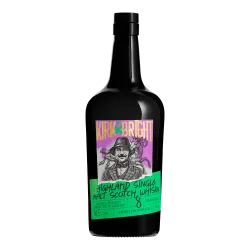

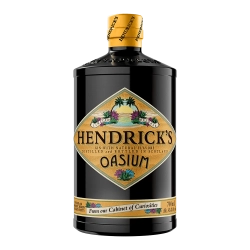

.png)

